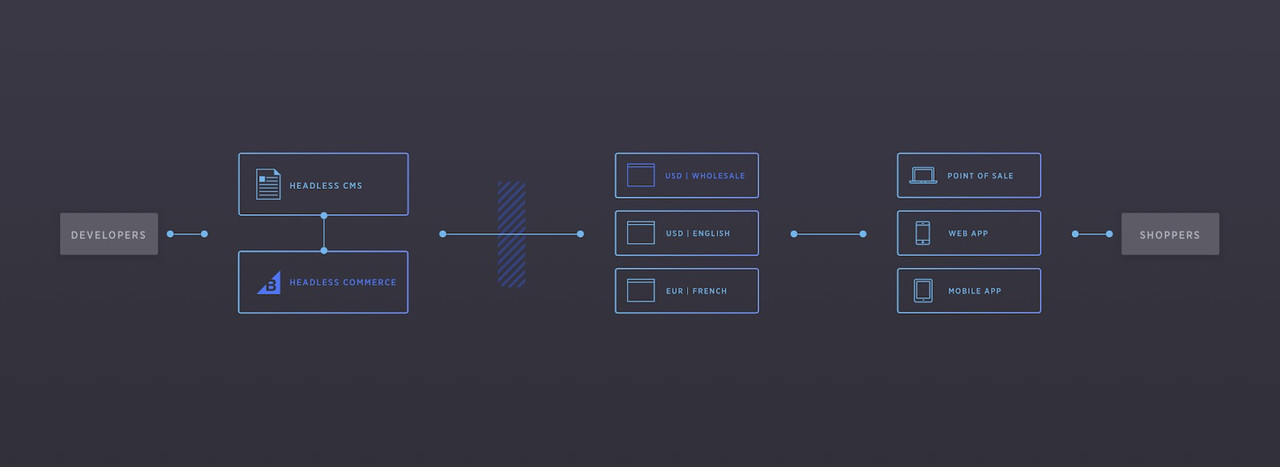The Headless Commerce Showdown: The Unseen Strategy Retailers Use to Win Ecommerce Market Share
14th Jul 2018
Businesses are living in an era of wealth, liquidity and mobility.
- Amazon edges near $1 trillion in market value.
- Netflix recently surpassed Disney in value.
What do both of these companies have in common?
They save people time effectively adding hours to our days otherwise spent in search of commodities or entertainment.
This ultimately delivers convenience.
Plus, time is money.
This blending of content and commerce to provide for both experience and consumerism is not unique to Amazon or Netflix – though they arguably do it the best.
In fact, traditional and digital-native brands across the globe are working fast to implement similar strategies.
The State of Ecommerce in 2018
To understand the state of retail – especially ecommerce – think of it this way:
1. Amazon is the commodity market.
Meaning if you sell there, you are competing for mindshare and subject to immense pricing pressures within the context of the most respected brands in the world.
But more than 50% of Americans begin their product search on Amazon, so it’s wise to think of Amazon as a sales channel rather than a competitor.
Still, though it produces short-term profit, it eats into long-term return – and that’s not accounting for any future Amazon initiatives that eat into additional markets.
2. Traditional retailers are quickly going direct-to-consumer.
Realizing they have lost community, and thus brand recognition, due to the thousands of digital native brands that have focused solely on establishing a lasting connection with consumers.
But shifting to direct-to-consumer from a b2b wholesale model isn’t easy.
Tech debt from historic open source or custom-built ecommerce technology solutions slow down internal decision making and threaten internal innovation and testing.
3. Digital native brands number in the tens of thousands.
Thanks to SaaS ecommerce technology allowing brands to rapidly build modern ecommerce websites affordably.
Without the size to go after wholesale markets, these nimble brands have built grassroots communities and conquered Facebook advertising.
While digital commerce brands often lack the marketing budgets of the mid-market or enterprise brands they hope to displace, they are highly effective marketing and community building machine.
As such, they are causing much larger competitors to respond either through acquisition or head-to-head competition.
This state of ecommerce affairs has resulted in 3 main ways businesses go after increased online share:

